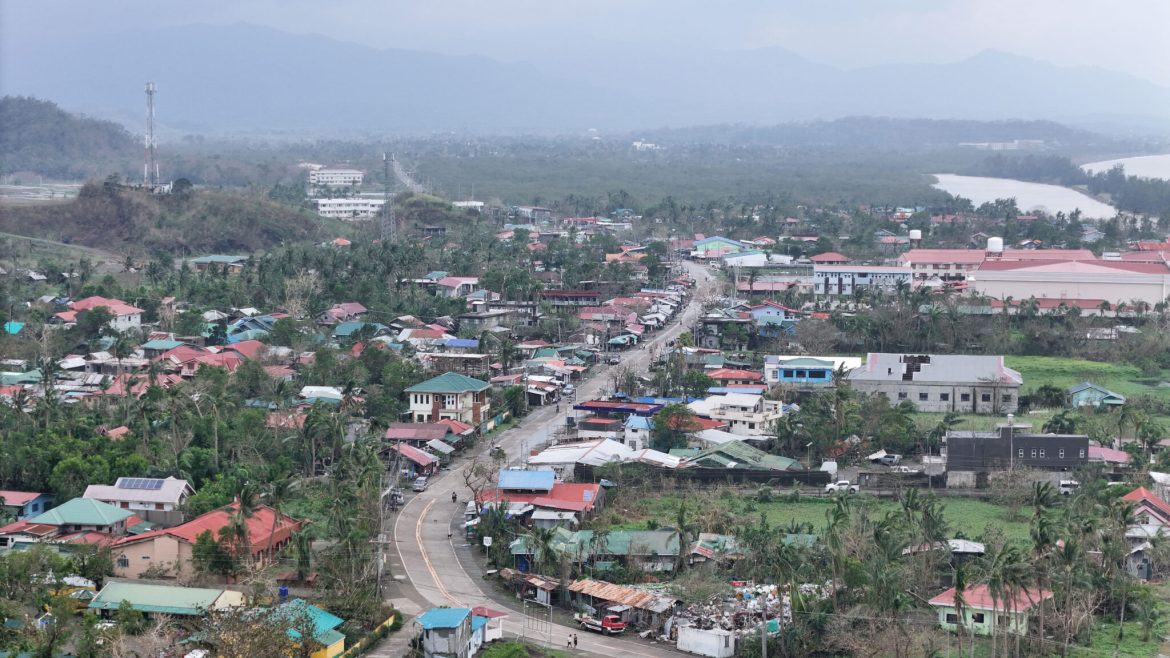The northern region of the Philippines is in recovery mode after Typhoon Marce, known internationally as Yinxing, left a trail of destruction. The typhoon, which swept through the area on Thursday night, has moved out to sea. It caused significant damage, tearing roofs off houses and prompting many residents to evacuate.
Emergency crews have begun clearing roads, focusing on removing fallen trees and debris. Officials aim to restore normalcy as soon as possible. The typhoon forced nearly 30,000 residents to evacuate, seeking refuge in government shelters. These shelters accommodated the displaced residents, ensuring their safety during the storm’s onslaught.
Marce’s impact on infrastructure remains a primary concern for local authorities. Many roads are blocked by debris, hindering transportation and communication. Power outages have also affected large areas, complicating emergency response efforts. Utility companies are working to restore electricity, prioritizing hospitals and essential services.
Agricultural damage is another major issue. Early reports indicate that crops have sustained significant damage, impacting local farmers heavily reliant on agriculture for their livelihood. The Department of Agriculture is assessing the full extent of the losses. They plan to offer assistance to affected farmers.
The authorities have urged residents to stay cautious. They warn that landslides remain a risk in mountainous areas, especially after heavy rainfall. Assessments are ongoing to determine the safety of affected regions. Authorities are committed to ensuring the well-being of residents as recovery efforts continue.
Local government units are coordinating with national agencies to expedite relief efforts. Emergency funds have been mobilized to support affected communities. Relief supplies including food, water, and medical aid have been distributed to evacuation centers. These efforts aim to provide immediate assistance and ease the burden on displaced families.
The Philippine Atmospheric, Geophysical and Astronomical Services Administration (PAGASA) continues to monitor the weather. They provide updates on any changes that might affect the recovery operations. Their focus is on ensuring that the situation remains stable and that no further severe weather conditions impact the region.
Local residents have expressed concern over the frequency of such disasters. The Philippines is no stranger to typhoons, often dealing with multiple storms each year. This regularity has raised questions about long-term preparedness and infrastructure resilience. Communities are actively seeking support to improve their capabilities in dealing with such natural events.
Community organizations and volunteers have joined the recovery efforts. They play a crucial role in supporting those affected by the typhoon. Their involvement highlights the strong sense of community and solidarity among residents in times of crisis.
The National Disaster Risk Reduction and Management Council (NDRRMC) is leading the coordination of rescue and relief operations. They aim to ensure a quick and efficient response. The council’s efforts are focused on minimizing the impact of the disaster on people’s lives and livelihoods.

